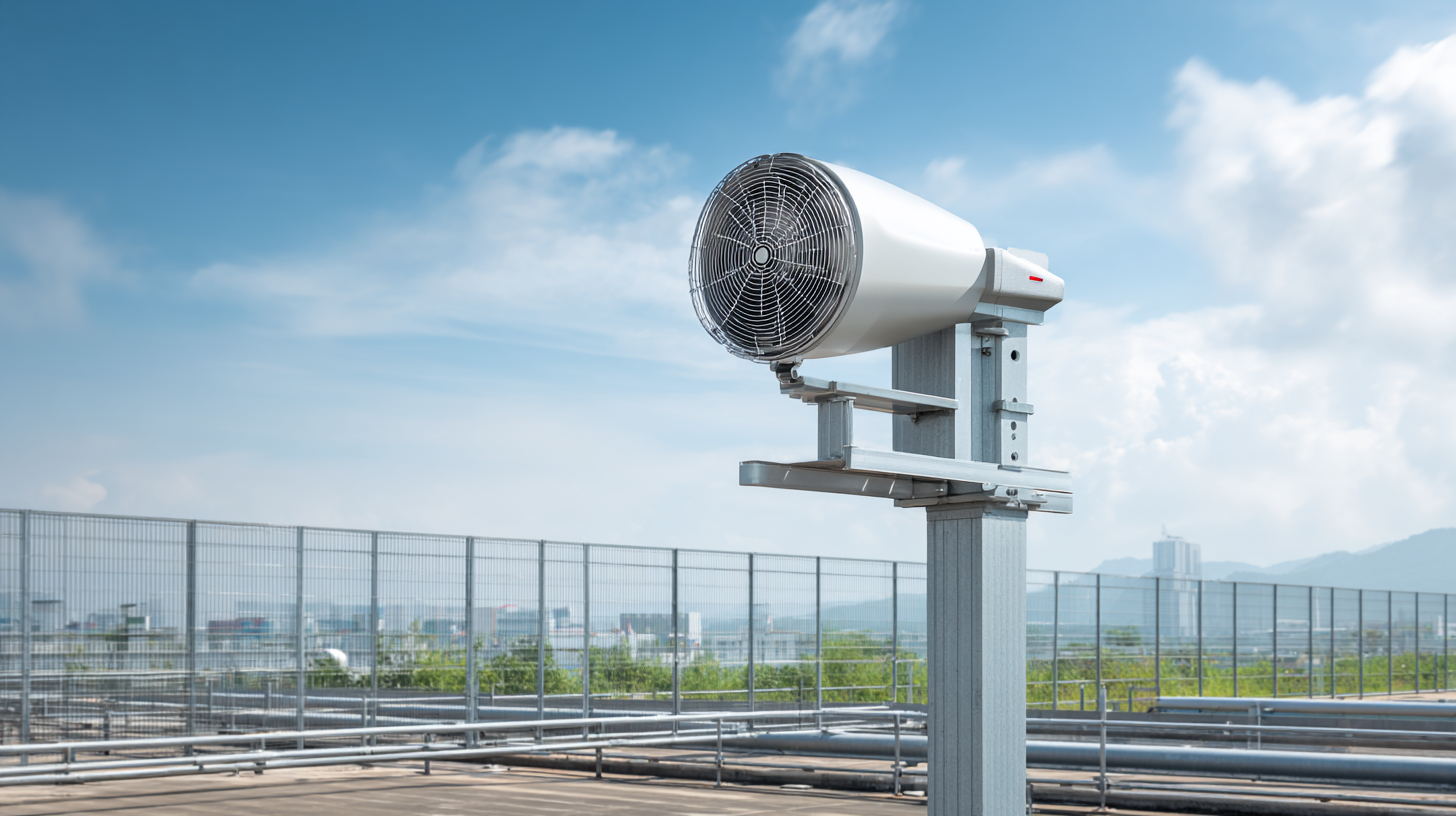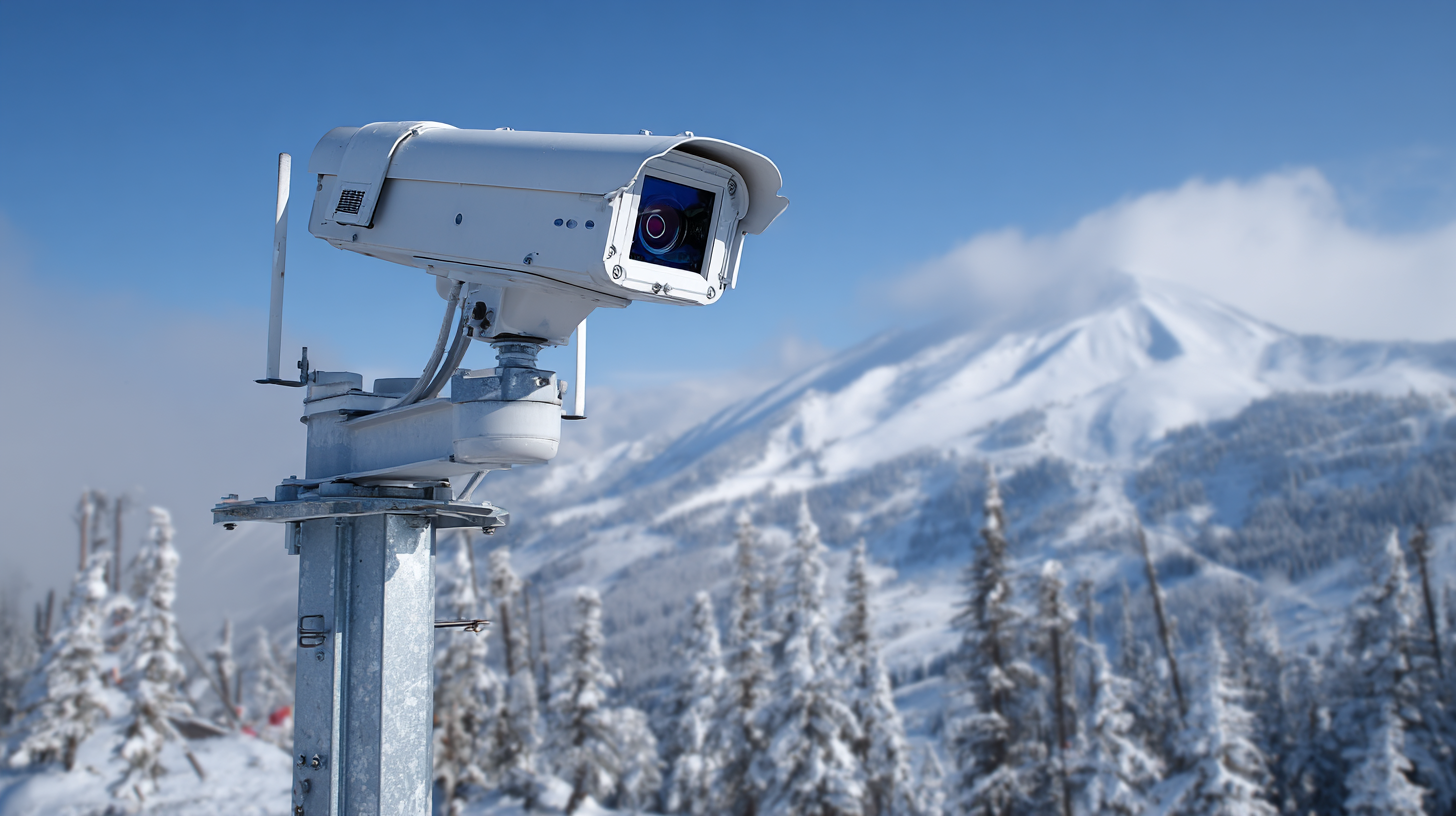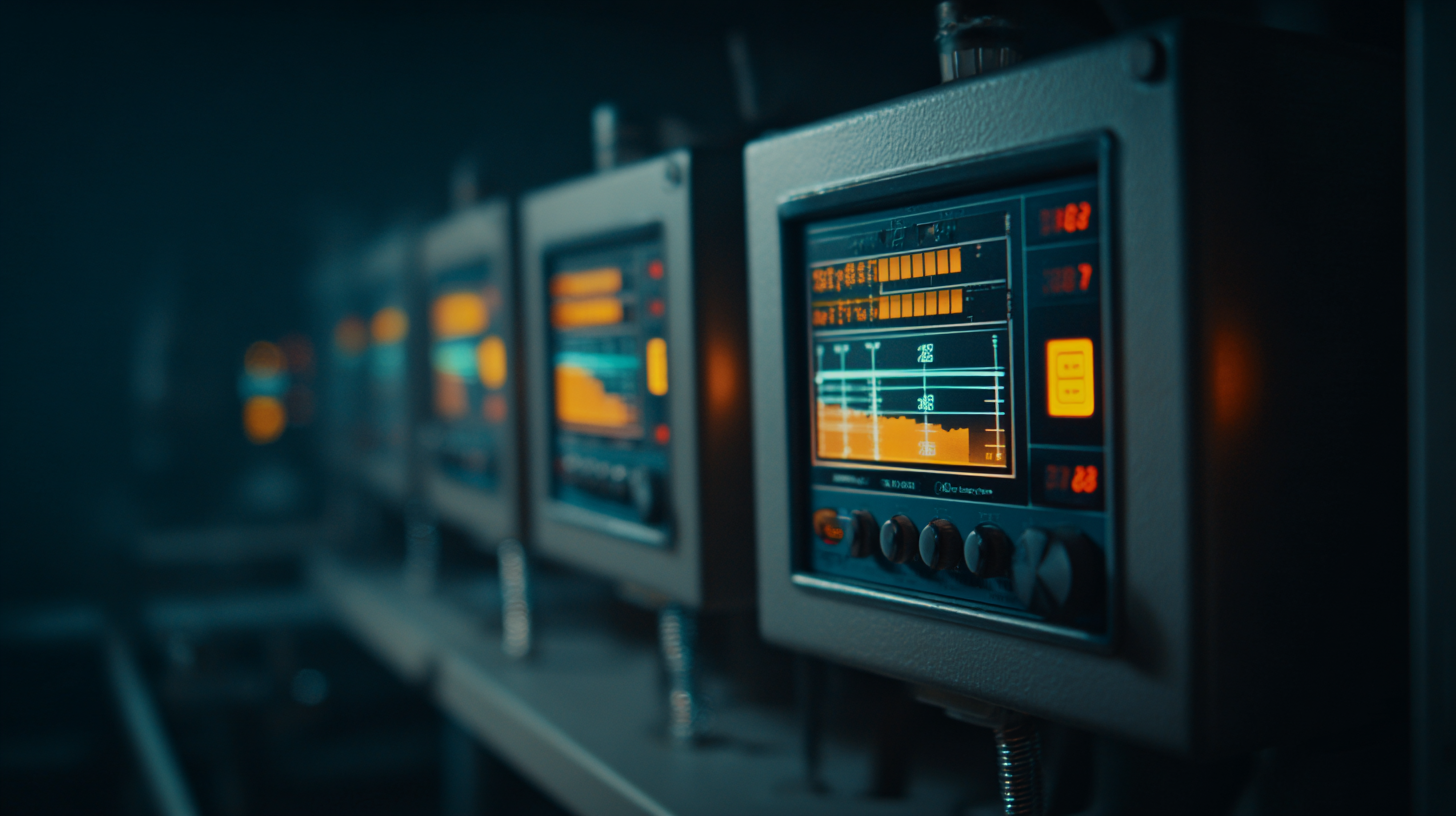
-
Home
-
Product Center
-
Application
-
Support
-
JT Cloud
-
About Us
-
Contact Us
Leave Your Message

 In today's industrial landscape, the significance of precise airflow measurement cannot be overstated, especially in applications related to HVAC systems, cleanrooms, and various manufacturing processes. According to a recent market report by Research and Markets, the demand for air quality and airflow measurement devices, including
Air Velocity Transmitters, is projected to grow significantly, driven by the increasing need for environmental monitoring and efficiency optimization.
These transmitters play a crucial role in ensuring systems operate within safe and efficient parameters, offering benefits such as
enhanced energy efficiency, improved indoor air quality, and compliance with regulatory standards.
As industries aim to adopt smarter technologies, understanding the key features and advantages of the various types of
Air Velocity Transmitters becomes essential for selecting the best fit for specific applications.
This ultimate checklist will guide you through the critical factors to consider when choosing the right transmitter for your needs, ensuring optimal performance and reliability.
In today's industrial landscape, the significance of precise airflow measurement cannot be overstated, especially in applications related to HVAC systems, cleanrooms, and various manufacturing processes. According to a recent market report by Research and Markets, the demand for air quality and airflow measurement devices, including
Air Velocity Transmitters, is projected to grow significantly, driven by the increasing need for environmental monitoring and efficiency optimization.
These transmitters play a crucial role in ensuring systems operate within safe and efficient parameters, offering benefits such as
enhanced energy efficiency, improved indoor air quality, and compliance with regulatory standards.
As industries aim to adopt smarter technologies, understanding the key features and advantages of the various types of
Air Velocity Transmitters becomes essential for selecting the best fit for specific applications.
This ultimate checklist will guide you through the critical factors to consider when choosing the right transmitter for your needs, ensuring optimal performance and reliability.
In industrial applications, air velocity transmitters play a pivotal role in monitoring and controlling air flow for optimal system performance. However, several common issues can arise that may compromise their effectiveness. One frequent problem is the presence of turbulence in the airflow. Turbulent conditions can lead to inaccurate readings and inconsistent data, which may result in inefficient ventilation and heating systems. Understanding the flow dynamics is crucial to selecting the right installation location for the transmitter to minimize turbulence effects.
Another significant issue is temperature fluctuations, which can impact the performance of these sensors. Many air velocity transmitters are designed to operate within specific temperature ranges, and extreme variations can lead to sensor drift or failure. Additionally, regular calibration is essential to maintain accuracy, as environmental factors can gradually affect the device's readings over time. Integrating proper maintenance schedules and choosing models with built-in temperature compensation features can significantly enhance reliability in demanding industrial settings. By addressing these common challenges, industries can ensure effective operation and longevity of their air velocity transmitters.
| Features | Importance | Common Issues | Recommended Solutions |
|---|---|---|---|
| Measurement Range | High | Inaccurate readings at extreme velocities | Choose transmitters with appropriate range specifications |
| Response Time | Medium | Delayed output in dynamic conditions | Opt for faster response time devices |
| Calibration | High | Drift in measurements over time | Select devices that are easily recalibrated |
| Durability | High | Failure in harsh environments | Choose robust materials suited for the application |
| Output Signal | Medium | Compatibility issues with existing systems | Ensure compatibility with control systems |
When selecting air velocity transmitters, one of the most critical aspects to consider is the impact of environmental factors on measurement accuracy. These transmitters are often deployed in varying conditions, leading to potential discrepancies in data collection. Factors such as temperature, humidity, and air density can significantly alter the performance of the measuring device. For instance, high humidity levels can affect the viscosity of air, potentially leading to lower velocity readings. Therefore, it's essential to choose a transmitter that is calibrated to handle such environmental variations.

Moreover, the installation location can introduce additional challenges. Transmitters placed near heat sources or in areas with turbulent airflows may yield inconsistent results. Dust, dirt, and other particulate matter can also obstruct sensors, further complicating accurate measurements. To mitigate these issues, it's advisable to opt for transmitters equipped with advanced filtering technologies and robust enclosures designed for harsh conditions. By understanding the environmental factors that influence air velocity measurement, one can make informed decisions in selecting the right transmitter for precise and reliable data acquisition.
Calibration is a critical component of ensuring accurate and reliable performance in air velocity transmitters. The calibration process can be fraught with challenges due to factors like environmental conditions, the inherent variability in airflow patterns, and the mechanical setup of the transmitter itself. For instance, fluctuations in temperature and pressure can significantly affect measurement accuracy, leading to erroneous readings that may compromise system efficiency and safety.

To effectively navigate these calibration challenges, it is essential to establish a rigorous calibration protocol tailored to the specific application. This may involve regularly scheduled recalibrations, the use of traceable standards, and the implementation of advanced diagnostic tools that help identify drift or inconsistencies in readings. Moreover, technicians must consider the orientation and installation location of the transmitters, as these can greatly influence performance. Investing in quality equipment and proper training for personnel can further mitigate calibration issues and ensure data integrity in air velocity measurements.
When selecting air velocity transmitters, it is essential to consider not only their technical specifications but also the reliability of the transmitter types. Reliable transmitters can significantly mitigate operational problems, ensuring optimal performance and longevity even in challenging environments. In industries where precise airflow measurements are crucial, a comprehensive evaluation of transmitter types will help identify models that can withstand harsh conditions while maintaining accuracy.
Recent research highlights the importance of understanding the challenges and enablers in industrial operations. For instance, in the context of managing equipment for industrial wastewater treatment, ensuring the reliability of sensors and transmitters becomes paramount to minimize downtime and operational inefficiencies. By prioritizing reliable air velocity transmitters, industries can enhance their operational frameworks, thereby also improving compliance with environmental regulations and contributing to more sustainable practices. Thus, investing time in assessing the best transmitter types can yield long-term benefits for industrial applications.
This bar chart compares the accuracy of different air velocity transmitters. The accuracy is critical in selecting a reliable transmitter to mitigate operational problems in various applications.
When selecting air velocity transmitters, one critical factor that can impact performance is the consistency and reliability of the data they provide. Variations in measurement can lead to significant discrepancies in process outcomes, which is particularly concerning in industries where precision is paramount, such as pharmaceuticals and aerospace. According to a report by the American Society for Testing and Materials (ASTM), inconsistent measurements can result in a 15% increase in operational costs due to unplanned downtimes and quality assurance failures.
When assessing different models, look for standardized testing protocols to ensure uniform data reporting. Manufacturers that conform to ISO 9001 certification typically adhere to stringent quality management systems, reducing the likelihood of data inconsistency. Additionally, consider models that have been tested under varying environmental conditions, as this will give you insight into their reliability during actual operational scenarios.
Tip: It’s advisable to request sample data from potential vendors to analyze their measurement stability over time. Regular calibration schedules and maintenance records from manufacturers can also provide a clear picture of a product's reliability.
Remember, the long-term performance of air velocity transmitters hinges on consistent data reporting, so investing time in due diligence will pay off, ensuring smoother operations and reducing costs associated with data inaccuracies.